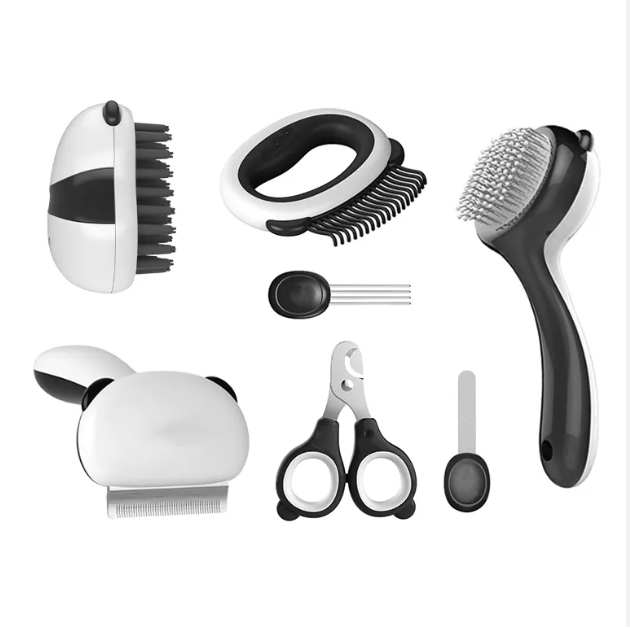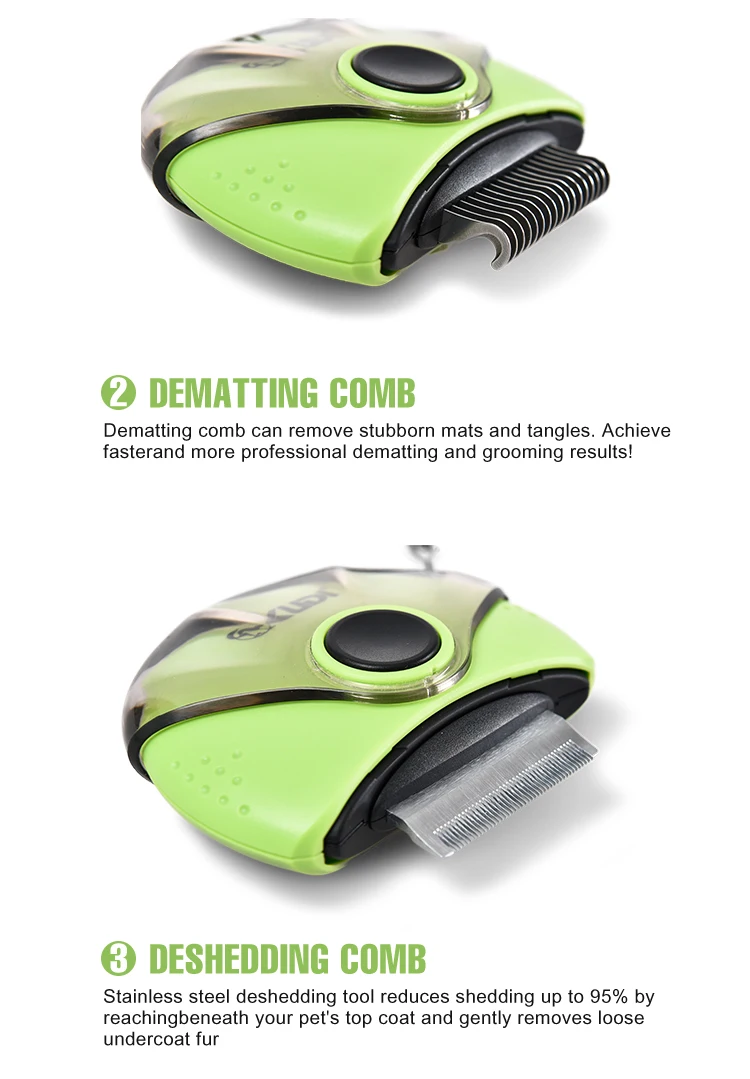cat brush teeth Best Chinese Factories
Table of Contents
Benefits of Brushing Your Cat’s Teeth
Brushing your cat’s teeth may not be the most glamorous task, but it is an essential part of maintaining your feline friend’s overall health. Just like humans, cats can develop dental issues if their teeth are not properly cared for. In fact, dental disease is one of the most common health problems in cats, with an estimated 70% of cats over the age of three suffering from some form of dental issue.
Regular brushing can help prevent dental disease by removing plaque and tartar buildup, which can lead to gum inflammation, tooth decay, and even tooth loss if left untreated. In addition to preventing dental issues, brushing your cat’s teeth can also help improve their overall health and well-being. Poor dental health has been linked to a variety of other health problems in cats, including heart disease, kidney disease, and diabetes. By keeping your cat’s teeth clean and healthy, you can help reduce their risk of developing these serious health issues.
When it comes to brushing your cat’s teeth, it is important to use the right tools and techniques to ensure that you are effectively removing plaque and tartar. One of the best tools for brushing your cat’s teeth is a cat-specific toothbrush. These toothbrushes are designed with soft bristles and a Small head that is perfect for reaching all of your cat’s teeth. You can also use a finger brush or a piece of gauze wrapped around your finger if your cat is not comfortable with a traditional toothbrush.
| Name | Extra Long pet slicker brush |
| Item number | JPet-1011 |
| Size | S/M/L/XL |
| Material | ABS+TPR+Stainless Steel |
| Color | Green or Custom |
| Needle Diameter | 0.4mm/0.27mm |
| Pin Length | 0.7 inch (Can be customized up to 1 inch long -only the extra long thick needlebrush) |
| Weight | 78/85/117/140g |
| Packing | Blister Card |
| MOQ | 200pcs |
| Product Name | 3IN 1 pet grooming brush |
| Item No | JPet-1001 |
| Size | 95*98*33mm 100g |
| Colors | Green/Orange |
| Material | ABS+PC+Stainless Steel |
| Delivery time | 30-60days |
| OEM/ODM | Available |
| Name | Pet Grooming Kit |
| Item number | JPet-1007 |
| Feature | Sustainable |
| Material | ABS+TPR+Nylon+Stainless Steel |
| Color | White and black |
| ltem Type | BSCl,Sedex |
| Certificates | BSCl,Sedex |
| Packing | Color Box |
| MOQ | 500sets |
In addition to a toothbrush, you will also need to use a cat-specific toothpaste. It is important to never use human toothpaste on your cat, as it can be toxic if ingested. Cat toothpaste is specially formulated to be safe for cats and comes in a variety of flavors that your cat will enjoy. When brushing your cat’s teeth, be sure to use a gentle circular motion to clean all surfaces of their teeth, including the front, back, and chewing surfaces.
It is recommended to brush your cat’s teeth at least three times a week to maintain their dental health. If your cat is not used to having their teeth brushed, you may need to start slowly and gradually increase the frequency of brushing as they become more comfortable with the process. It is also important to reward your cat with treats or praise after each brushing session to make it a positive experience for them.
If you are unsure about how to brush your cat’s teeth or if your cat is resistant to having their teeth brushed, you may want to consult with your veterinarian. They can provide you with tips and techniques for brushing your cat’s teeth and recommend products that may help make the process easier. Your veterinarian may also recommend professional dental cleanings for your cat to remove any stubborn plaque and tartar buildup.
In conclusion, brushing your cat’s teeth is an important part of maintaining their overall health and well-being. By regularly brushing your cat’s teeth, you can help prevent dental disease and reduce their risk of developing other serious health issues. With the right tools and techniques, you can make brushing your cat’s teeth a positive experience for both you and your feline friend.
How to Properly Brush Your Cat’s Teeth
Brushing your cat’s teeth may not be the most glamorous task, but it is an essential part of maintaining your feline friend’s overall health. Just like humans, cats can develop dental issues if their teeth are not properly cared for. In fact, dental disease is one of the most common health problems in cats, with up to 85% of cats over the age of three suffering from some form of dental disease. To ensure your cat’s teeth stay healthy, it is important to establish a regular brushing routine.
Before you begin brushing your cat’s teeth, it is important to choose the right tools for the job. You will need a cat-specific toothbrush and toothpaste. Never use human toothpaste on your cat, as it can be toxic to them. Cat toothpaste comes in a variety of flavors, such as chicken or fish, to make the experience more enjoyable for your feline friend. You can also use a finger brush or gauze wrapped around your finger if your cat is not comfortable with a traditional toothbrush.
When introducing your cat to the idea of tooth brushing, it is important to take things slow. Start by getting your cat used to having their mouth touched. Gently lift their lips and touch their teeth and gums with your finger. This will help your cat become more comfortable with the sensation of having their teeth brushed. Once your cat is comfortable with this, you can introduce the toothbrush and toothpaste.
When brushing your cat’s teeth, it is important to use a gentle touch. Hold the toothbrush at a 45-degree angle to the teeth and brush in a circular motion. Focus on the outer surfaces of the teeth, as this is where plaque and tartar tend to build up. Be sure to brush all the way to the back of your cat’s mouth, as this is where dental issues often occur. If your cat is resistant to having their teeth brushed, try using a dental wipe or dental gel instead.

It is recommended to brush your cat’s teeth at least three times a week to maintain their oral health. However, if your cat has existing dental issues, your veterinarian may recommend more frequent brushing. In addition to regular brushing, it is important to have your cat’s teeth professionally cleaned by a veterinarian on a regular basis. This will help prevent the buildup of plaque and tartar, which can lead to more serious dental issues down the road.
In conclusion, brushing your cat’s teeth is an important part of maintaining their overall health. By establishing a regular brushing routine and using the right tools and techniques, you can help prevent dental disease and keep your feline friend’s teeth clean and healthy. Remember to take things slow and be patient with your cat as they get used to the idea of having their teeth brushed. With proper care and attention, you can help ensure that your cat has a happy and healthy smile for years to come.





